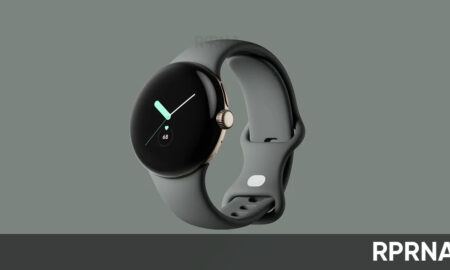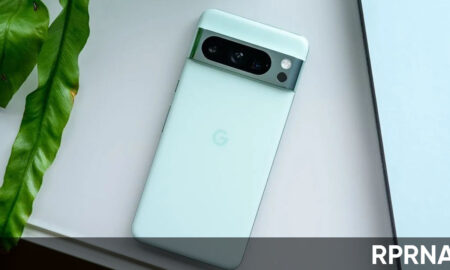Search results for "Pixel"
-

 140News
140NewsGoogle Messages, Phone, and Pixel 9: Security and convenience updates
Here’s a quick rundown of some exciting updates coming to your Android experience: Safer messaging: Google Messages might get even more secure...
-

 252News
252NewsPixel 8a’s stunning screen: a bright surprise
Google’s Pixel 8a has truly impressed experts with its exceptional screen quality. This is surprising because it’s a more affordable phone. Even...
-

 259News
259NewsPixel Watch 3: More space for information
Key Points: New Pixel Watch design revealed. Larger screen with more room for information. Potential for improved app functionality. Google’s upcoming Pixel...
-

 298News
298NewsGoogle Pixel 9 series and Pixel Buds Pro 2: what to expect
Key Points: Google Pixel 9 series to be announced on August 13. New Tensor G4 chip and camera upgrades. Pixel Buds Pro...
-

 201News
201NewsGoogle Pixel Buds Pro 2: A sneak peek
Key Points Google’s next-gen earbuds, Pixel Buds Pro 2, are on the horizon. Leaked images reveal a fresh design while keeping the...
-

 251News
251NewsPixel 9 Series: Brighter displays, bigger foldable
Key Points Pixel 9 series boasts significantly brighter displays. Pixel 9 Pro Fold gets a larger, brighter inner screen. Both phone lines...
-

 227News
227NewsGoogle Pixel: bigger choice, new buds
Key Points Google to offer two Pixel 9 Pro models: Standard and XL. Pixel Buds Pro 2 gets a design refresh while...
-

 308News
308NewsPixel Watch’s AOD problem and Play Store’s potential improvement
Key Points Pixel Watch users face ongoing auto-brightness issues with custom watch faces. Google is aware of the problem but has been...
-

 291News
291NewsGoogle expands Pixel Superfan club to Germany
Key Points: Google’s exclusive Pixel Superfan club is expanding to Germany. Members get early access, exclusive gifts, and insider perks. The program...
-

 253News
253NewsGoogle’s Pixel 8 is cheaper, a great deal
Key Points: The Google Pixel 8 smartphone is now $150 cheaper on Amazon. This top-tier phone offers impressive performance, excellent camera quality,...
